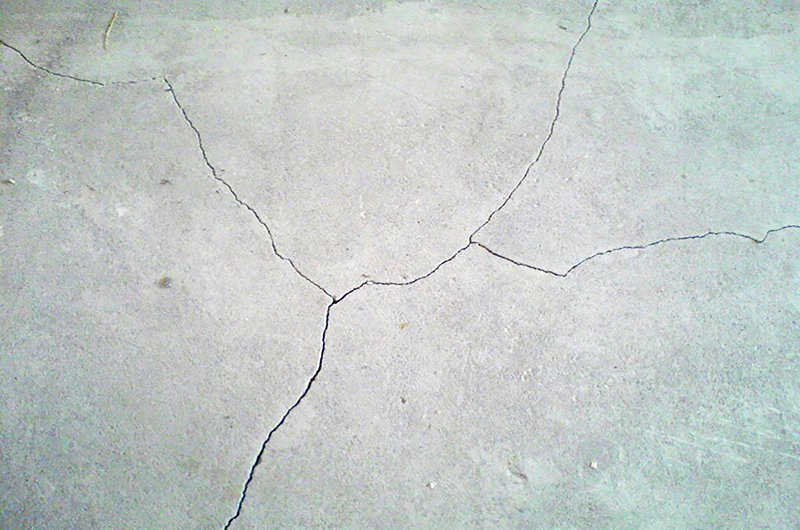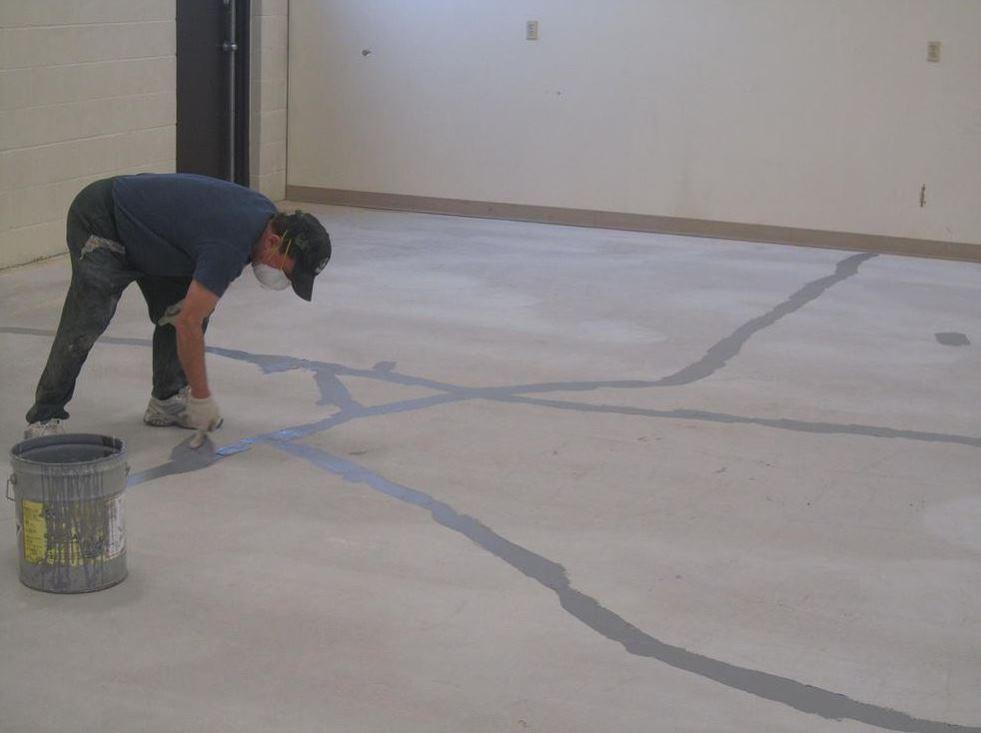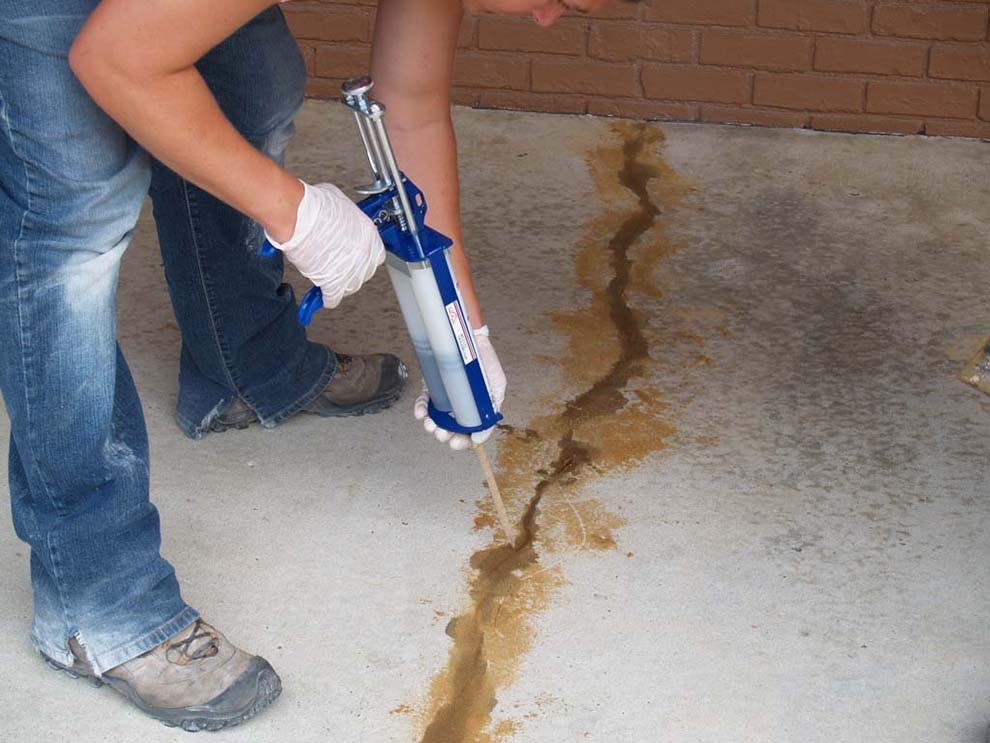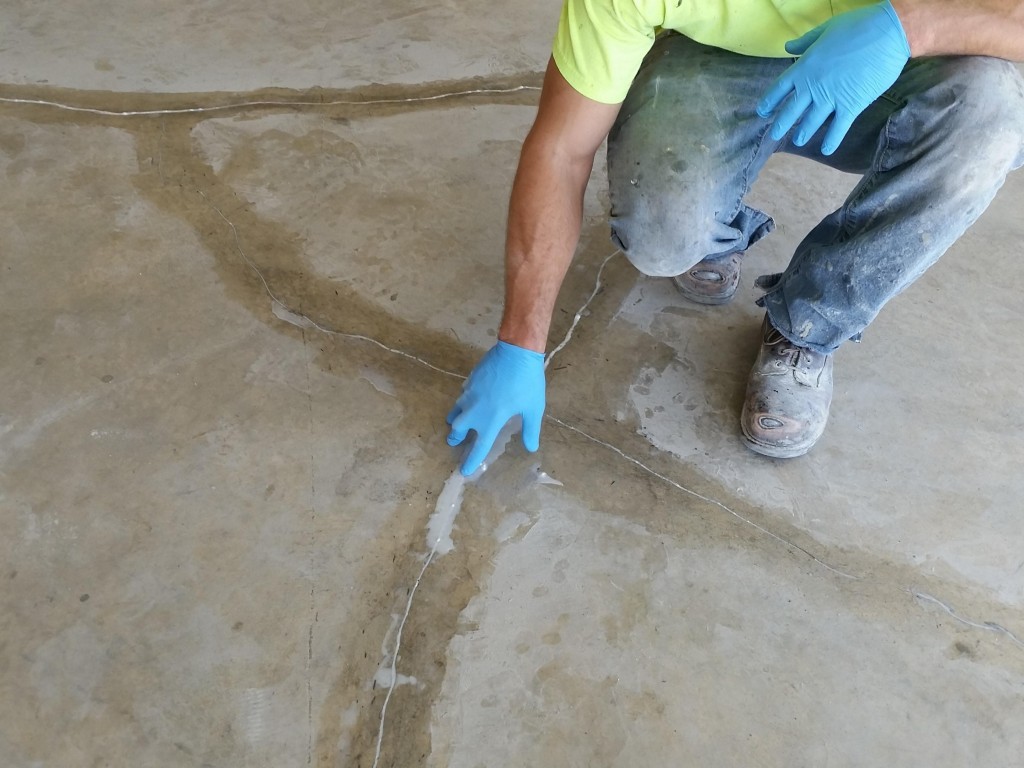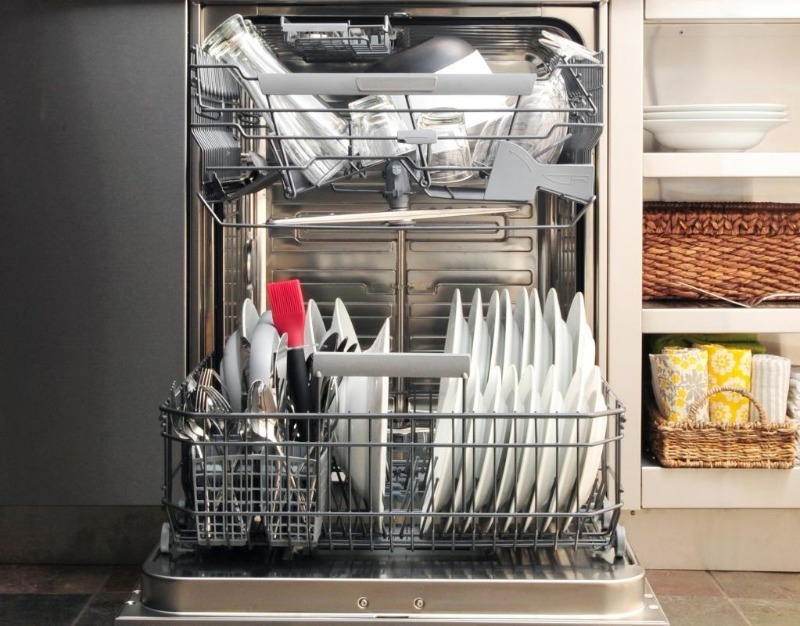Crack sealing in concrete: 3 most reliable methods
High strength, good formability and profitability make concrete the dominant building material for a number of cases. One of the features of this versatile material is cracking. Cracks occur during concreting due to the generated heat of hydration and the influence of the outside temperature. These factors are difficult to consider at the planning stage. Damage can occur in concrete of any age.
Cracks in concrete
It is not possible to fabricate a concrete component of a building completely without cracks in terms of economic efficiency. It is also almost impossible to fully take into account forced loads on the building structure at the planning stage. Assumptions taken into account at the start of construction are subject to change. Therefore, in practice, the point is not to completely prevent their occurrence, but to limit oneself to the correct measurement. The basis for determining the size of reinforced concrete is to take into account all possible effects.
Microcracks, surface or separating cracks in different ways, affect the properties of concrete. Microcracks that are not visible on the concrete surface only slightly affect the strength. However, despite their small width ≤ 0.01 mm and a length in the range of 50 to 100 mm, they can lead to increased permeability in the crack zone, which contributes to the leakage of water into concrete. Surface damage extends from the surface of the structure only to minimal depths. However, they can be several millimeters wide. Their presence in the concrete coating layer has a negligible effect on the bearing capacity and water resistance of concrete.
Cracks reduce the effective thickness of the building component and, consequently, the bearing capacity or waterproofness of concrete. To restore the expected properties of the material, holes that exceed the available degree must be closed. Cracks up to 0.3 mm wide and, in the case of buildings with a higher load, 0.2 mm wide or less are generally considered acceptable.
Surface preparation
For all repair procedures, surface preparation is the key to a successful crack injection process. Depending on the condition and location of the crack, it must be cleaned of foreign objects, and any loose or damaged concrete should be removed. The surface to be repaired must be durable to withstand the pressure of the injected resin. Proper sealing of the crack surface is necessary to avoid losses during injection.
Epoxy Repair Procedure
The procedure begins by installing the injection holes at the correct distance, usually 40 mm from the center. A wider crack may have a larger spacing. Then the damage is sealed along its entire length with a suitable sealing material. If the crack penetrates completely through the cut, then both sides must be sealed for best results. For this purpose, epoxy, polyester, cement and silonic materials can be used.
Injection is made after installing the cover. In horizontal places, the injection should start from the widest section. Vertical cracks are introduced from the bottom up. Typically, cracks are introduced until the solution flows out of the neighboring port. Smaller cracks may require higher pressure. After the injection is completed, the ports are removed.The cap seal may be completely removed using a suitable procedure, such as sanding, or left in place if this is not a problem.
Elimination of non-structural cracks with polyurethane resins
If the damage does not violate the structural integrity of the structure, injection using polyurethane solutions or other non-structural materials may be a more suitable choice for filling. Two types of injection resins based on polyurethane are mainly used. One system is used to seal dry or wet cracks, and the other to stop running water.
To obtain the foam can be used as one, and two or three-component systems. The foaming action is very fast, mostly in less than a few seconds. Bicomponent and ternary resins may require multi-component guns depending on reaction time. Mixing and delivery of mixed materials should be carefully controlled. The repair procedure basically remains the same as for the injection of epoxy resin.
Mortar Repair
For large defects in concrete, mortar should be used. Creating your own is simple enough, you need to combine one part of Portland cement, three parts of stone sand and enough water to form a thick paste (of course, you can purchase repair mortars locally or online).
It is necessary to moisten the problem area, then apply the mortar mixture with any spatula or spatula. It is important to make sure that air pockets are removed by pressing firmly on the applied product. Finally, the area should be smoothed so that it is level with the surrounding concrete. The solution must be left at least two hours to harden, then cover the area with plastic film to keep it moist. Within several days it will be necessary to spray the coating under the film until it hardens.
Even with high-quality construction work, in concrete construction, unplanned cracking cannot be avoided. Damage can lead to serious consequences if they go unnoticed. However, to eliminate almost any cracks is realistic, using only their own forces.

